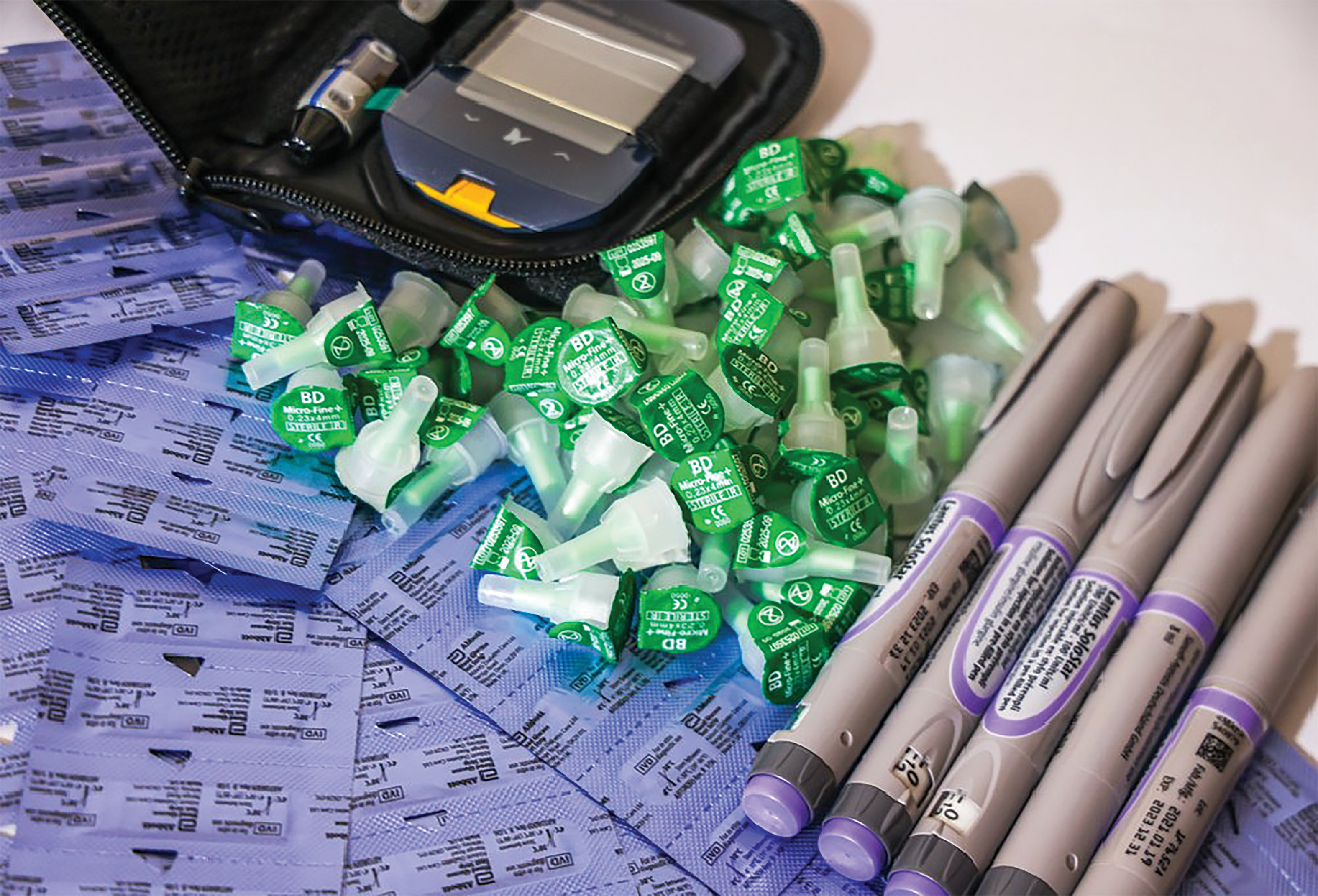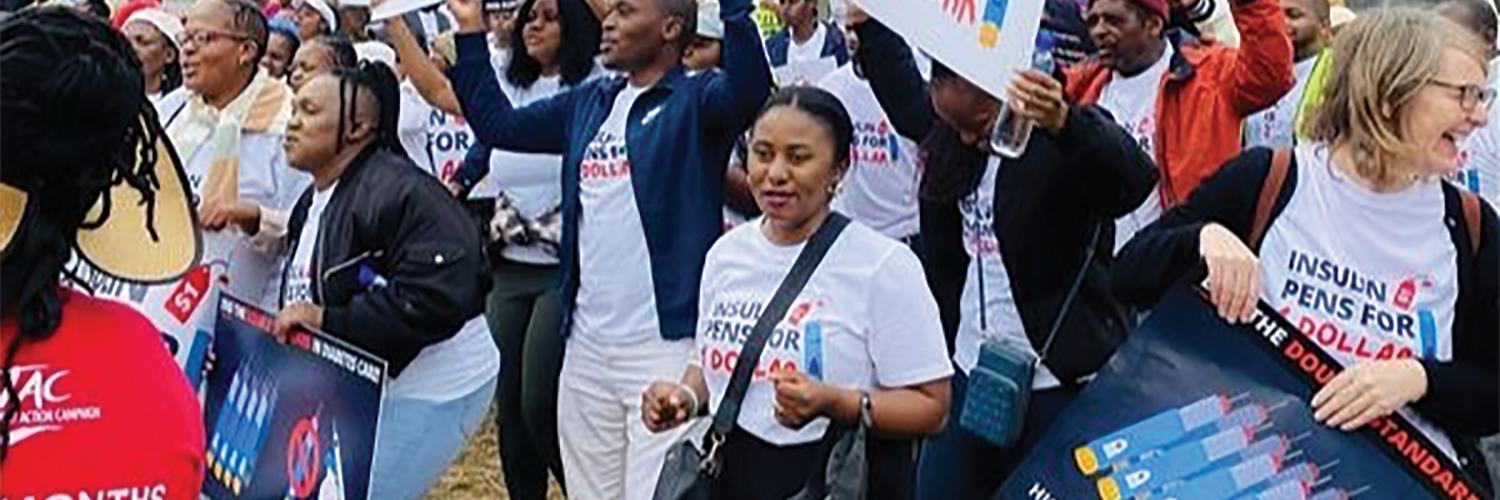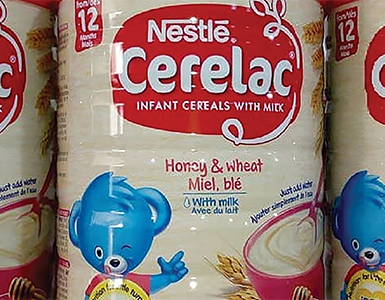CONVENIENCE: Pharmaceutical giant slated for discontinuing supply for pens, forcing millions living with the disease to revert to risky syringes…
By Bibi-Aisha Wadvalla
Since 2014, South Africa’s public health system has provided insulin in pen format, making it easier for patients to accurately dose insulin on-the-go.

However, the decision by Novo Nordisk to discontinue the insulin pens will force patients to revert to syringes, complicating diabetes care. For millions of people on insulin who overwhelmingly prefer pens for their convenience, safety, and reduced risk of incorrect dosing, this switch is both challenging and risky.
On World Diabetes Day (14 November), Doctors Without Borders (MSF) organised a protest outside of Novo Nordisk in Johannesburg last week to call for the corporation to not discontinue producing human insulin in pens, and for all other insulin manufacturers to price insulin pens at US$1 (R18.24) per pen. About 400 people turned up for the march on the Danish company’s headquarters in Johannesburg.
Journalist Bibi-Aisha Wadvalla spoke with Candice Sehoma, MSF access campaign advocacy advisor, about the campaign.
How do the shortages experienced this year and the discontinuation of insulin pens impact people with diabetes in South Africa?
Yes, we faced an unfortunate situation where South Africa had to switch people living with type 1 diabetes from using insulin in pens to using insulin in syringes. Based on a study that we did, we uncovered that at least 82% of people living with type 1 diabetes prefer using insulin in pens.
Some people have been using these since 2014 when South Africa started administering insulin pens. Some were born into the system of using insulin pens, and now they have to get acquainted with a whole new way of administering insulin.
For patients who are now being instructed to switch back to insulin vials, what specific challenges or risks do they face that differ from using pens?
The benefit of insulin pens is just how compact it is. There’s an administrative process to using insulin in vials and syringes. You need to draw up the dosage yourself from the glass vial, which could result in either overdosing or underdosing. You would have to do the measurement yourself and it’s a glass vial, so it’s something that could break at any point. In terms of even the packaging, it’s a vial together with the syringe. That’s quite a lot of things that you need to carry.
The insulin pen is quite compact. It’s in plastic packaging that’s pre-filled with insulin. You don’t have to draw up the insulin yourself. It’s already measured which reduces the risk of overdosing or underdosing.
Why is this such a pressing public health issue for MSF?
There is a double standard in the treatment of diabetes. People living with diabetes in high-income countries are not subjected to the use of vials.
We are calling on these pharmaceutical companies to drop the double standard. It can be seen even with the agreement that Novo Nordisk entered into with Aspen, which is a local manufacturer. That agreement does not include Aspen making insulin pens. It only includes them making insulin in vials, and syringes, which is telling. People living in low- and middle-income countries are deserving of a better standard.
When South Africa made the switch from pens to vials, we did a cost of production study looking at how much it costs to actually make all these diabetes medicines. This includes insulin and the new innovative drugs like Ozempic and Wegovy which are indicated for diabetes.
We found that these insulin pens can be sold for at least $1, which equates to about R18. Pharmaceuticals can still make good profits selling it at that price. So, at this point, it’s still being overcharged.
Do you believe Novo Nordisk’s decision reflects a broader trend in the pharmaceutical industry of prioritising high-income markets over affordable access for lower-income populations?
What we’re seeing, and particularly with the decision to discontinue making human insulin in pens, is also due to the fact that these pharmaceutical manufacturers are making more profits in high-income countries through Ozempic and Wegovy, which are also indicated for obesity. Hence they’ve had to de-prioritise making human insulin in pens to shift their manufacturing capacity to make those sorts of medicine. Unfortunately, those medicines are not as easily available in countries like South Africa, other African countries, or in low- and middle-income countries in general.
South Africa took the step to introduce and implement the use of insulin pens. Other African countries have not been able to do so, due to the pricing of those human insulin pens.
I think the double standard is glaring, and we can see that there’s definitely a de-prioritisation of lower and middle-income countries in favour of profits made in high-income countries.
Has MSF engaged with South African public health authorities about potential strategies to secure a more sustainable supply of insulin pens?
The South African government tried to find a solution to mitigate this whole insulin pen shortage. So definitely, we have been engaging the South African government from the onset. And one of the solutions they have come up with is to go for analogue pens, which are another form of insulin. But analogue pens are much more expensive than human insulin pens, 2-3 times more expensive. The issue around the cost of these is quite problematic. And hence we are calling on pharmaceuticals to drop the price of human insulin pens to make them $1.
What outcomes does MSF hope to achieve through the picket, and are there other advocacy actions planned to address insulin access?
What we hope for is to get the price down, to make them more affordable so that people can access them. And we are hopeful this won’t be the end, it’s only the beginning of our push.
We also want pharmaceuticals to share their technology. If they’re experiencing limitations in terms of their capacity to manufacture human insulin and pens, they should share their technology and licensing with other local manufacturers like Aspen to ensure a diversification of the manufacturing of these medical tools.
We need to see an opening up of the market and ensure that local companies can enter the market and fill the gap where there now seems to be a de-prioritisation. – Health-e News





























